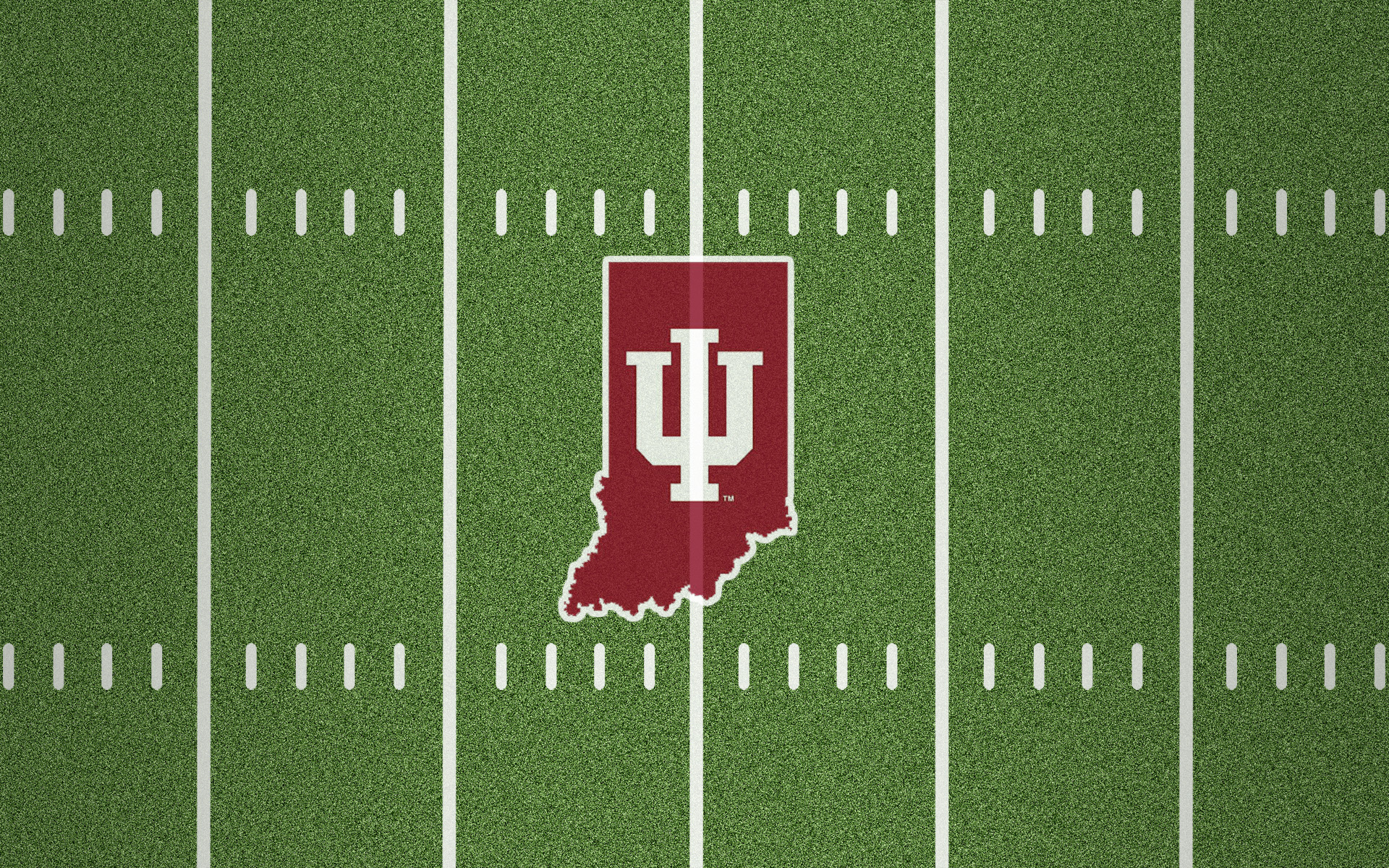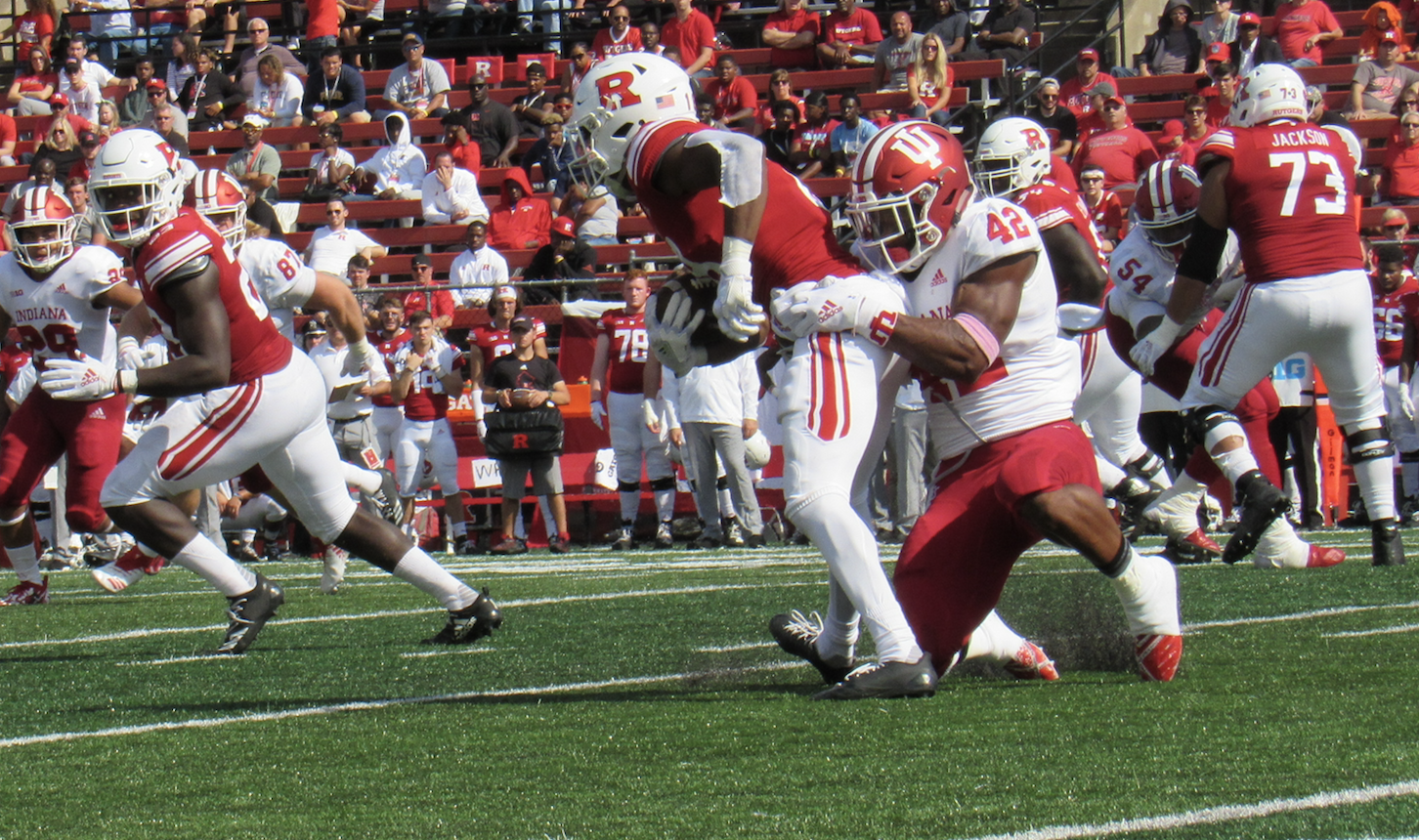Inside The Numbers: Indiana's Defensive Struggles Start on First Down
/Indiana’s defense has struggled on early downs in 2018. Image: Sarah Miller Hoosier Huddle
Written By Nathan Comp
Indiana will have to put last week’s embarrassing performance against Iowa behind them as they welcome the Penn State Nittany Lions to town. We’ll take a look inside some of the statistics that could come into play in this week’s matchup.
5.6
The average yards per first down play Indiana’s defense is giving up. The Hoosiers are giving up 4.2 yards per run and 7.7 yards per pass on first downs. This is not a successful formula as opponents can easily get into third-and-manageable situations. Indiana’s defense has given up 10 touchdowns on first down (seven passing, three rushing) and has not gained an interception.
When the Hoosiers force a third-and-seven or more they are getting off the field 47 percent of the time. When it is third-and-six or less IU only gets off the field 30.5 percent of the time. While neither number is great, the rates go way up when opponents’ offenses have third-and-manageable. Fans want to know a reason why the defense is struggling, it starts on first down.
2
This number is what both teams are using to fuel themselves this week. It indicates the current losing streak both teams are riding coming into this Saturday’s matchup. Both lost to Ohio State two games ago, and then both suffered losses in which they did not play well at home just last week. Looking forward, Penn State will come out trying to prove that they are worthy of the College Football Playoff, or at least a New Year’s Six bowl. Indiana is still searching for its bowl eligibility and will need to win two of the next five in order to do so.
44.17
The high-powered Penn State offense, led by Trace McSorley and Miles Sanders, has averaged a whopping 44.17 points per game. Highlighted by a 51-point performance against Pitt and two 63-point performances against Kent State and Illinois, the offense proved it does not lack firepower. However, its past two Big Ten performances have lowered this average, as it has combined for only 47 points against Ohio State and Michigan State.
12
The Indiana secondary has allowed the past two quarterbacks it has faced, Dwayne Haskins and Nate Stanley, to each throw for six TD passes. Haskins tied JT Barrett’s Ohio State record for his outburst and Nate Stanley nearly doubled his season output of touchdown passes, having only come into the game thrown nine. This week, the Indiana secondary will have to improve. Trace McSorley came into the year as a Heisman hopeful and has shown flashes of Heisman greatness. There is hope in the fact that McSorley did not completely light up the scoreboard against a weak Ohio State secondary known for giving up explosive plays, but Indiana cannot blow coverages and leave opponents wide open as they have done in the past couple weeks.
116.7
Big Ten coaches couldn’t wait for Saquon Barkley to graduate and lighten the load of game planning to defend him. Unfortunately, Saquon is gone, yet the road has not become any easier. Miles Sanders has stepped into the role and averaged the Big Ten’s second-best performance in yards per game at 116.7. He’s put points on the board with these carries as well, also with the second-most rushing touchdowns in the Big Ten behind only Jonathan Taylor of Wisconsin. Better yet, he’s been efficient with his carries, averaging nearly seven yards every time he touches the ball. Sanders took a halfback draw 48-yards last week, juking and weaving his way to eventually score despite being contacted by six MSU defenders. Indiana will have their hands full containing Miles Sanders.



